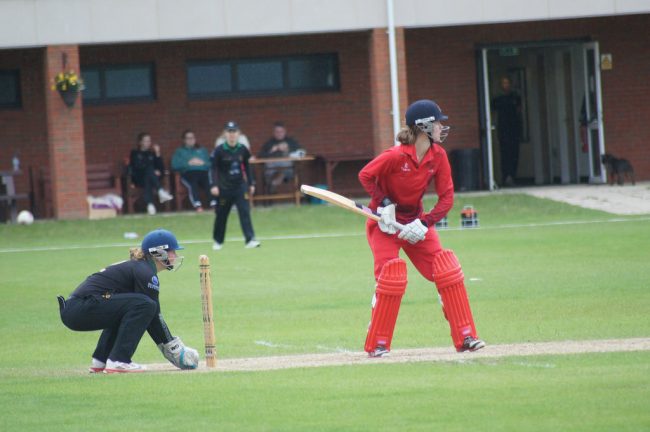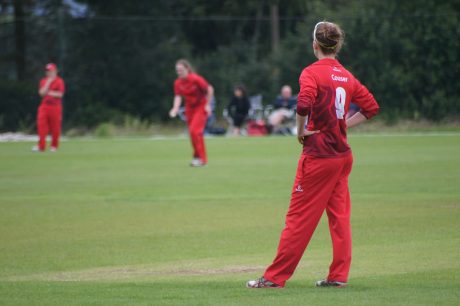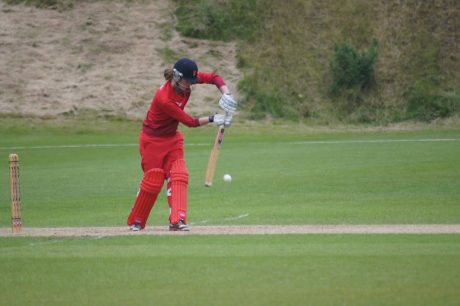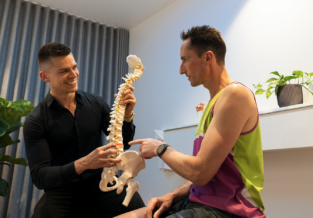Cricket injuries – the most common and what to do to make it to finals!
Published on
17 Feb 2022

Call us on: (03) 9975 4133
This stage of the season hurts - a couple of weeks after enjoying Christmas a little too much and facing the business end of the season. So what should you be doing to reduce your risk of injury in the lead up to finals and what should you do if you do get that annoying niggle that just won't go away.
First of all cricket gets your body into all sorts of unique positions – especially bowling! So its important to make sure that you are monitoring your loads be that bowling, throwing or even batting. The body doesn’t like quick changes, so gradual increases and steady loads are key. I tend to record my bowling using a tally app on my watch and then just jot down at the end of each session how many overs i’ve bowled and roughly how much throwing i’ve done. This just means i know exactly what i’ve done so i know if i’ve had a heavy or lighter week i can adjust my plans for the following sessions.
Another really important thing is to make your body as robust as possible by doing some form of resistance training. This helps to reduce your risk of injury by making your tissues more resilient to the demands of cricket. This can be as simple as a couple of 20-30 min sessions of body weight movements per week.

Unfortunately all the planning and training in the world isn’t 100% protective from injury. So what to do if you do get injured and need a quick return to play?
The three most common injuries in cricket
Back pain
This can be muscular, joint, boney or neural. If you do get back pain that isn’t settling even with a reduction in your cricket loads then you need to get it assessed. Here at Pure Physio we have lots of experience managing back pain in an active population and will endeavour to get you back onto the pitch as soon as possible.
Hamstring strain
Symptoms include – sudden pain at the back of the thigh after a quick movement. This pain lingers after and is painful to run on as well as sometimes walk or even weight bear. This injury needs to be managed by a healthcare professional who will take you through a gradual return to play as your hamstring heals using a graded resistance program. Which will reduce your risk of further injury the next time you try to turn and sprint after a ball.
Shoulder pain
Symptoms include – constant dull ache in the top of the arm or a sharp stabbing pain with sudden movements – throwing or bowling. This tends to be due to an injury to the rotator cuff muscles of the shoulder or an overloaded and inflamed tendon. Both of which require a detailed management plan to settle the pain and gradual return to throwing and bowling alongside some resistance based exercises.

Management of cricket injuries here at Pure Physio includes a detailed assessment and acute management of pain from our physiotherapists. Then, when appropriate our rehabilitation physiotherapist, like myself, works with you to gradually build up your strength, mobility and tolerance to movement until you are back playing. Our aim is to return you to play better than you were pre injury to help to reduce your chance of re-injury and get you on the pitch at finals!


